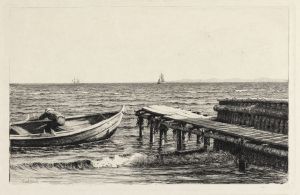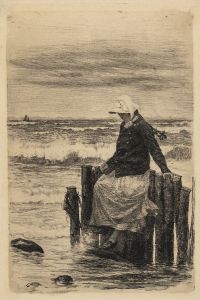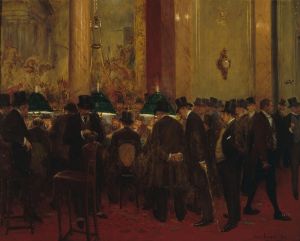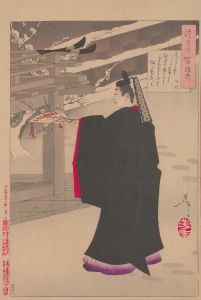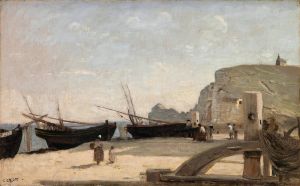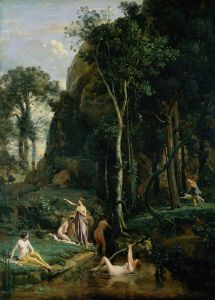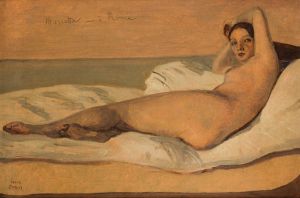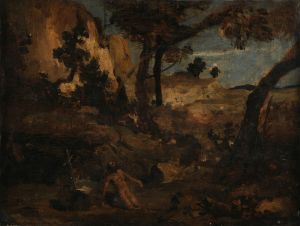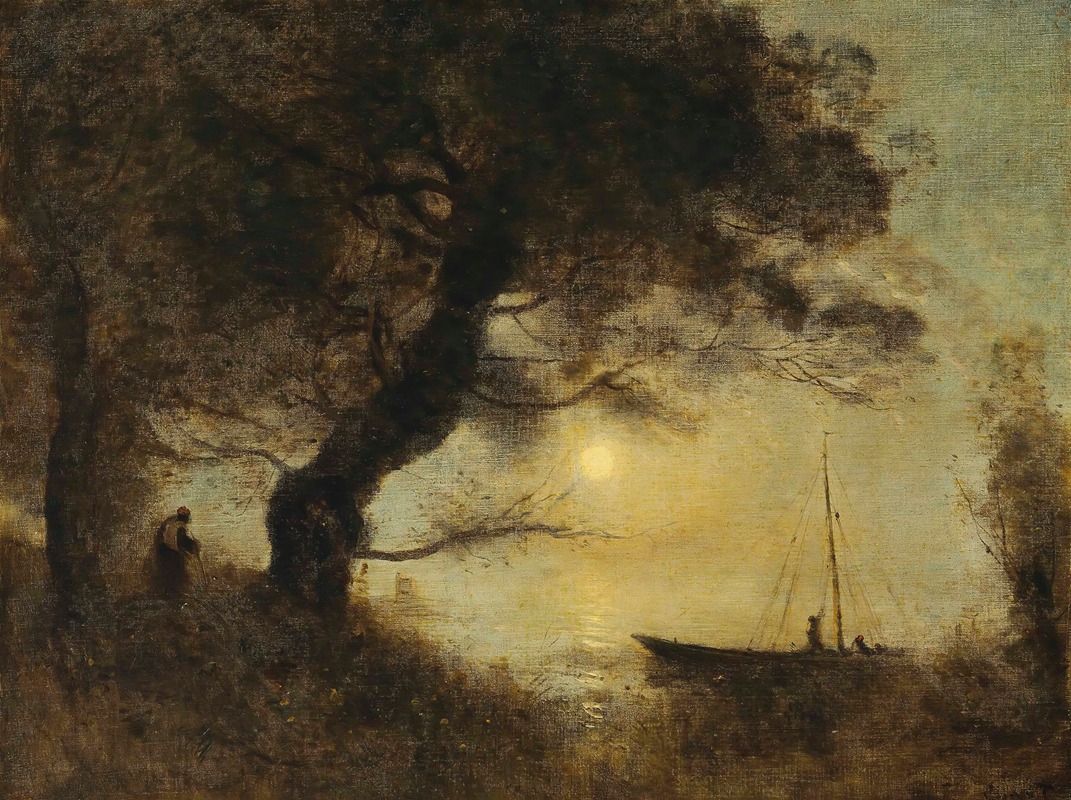
Le Bateau Au Claire De Lune
A hand-painted replica of Jean-Baptiste-Camille Corot’s masterpiece Le Bateau Au Claire De Lune, meticulously crafted by professional artists to capture the true essence of the original. Each piece is created with museum-quality canvas and rare mineral pigments, carefully painted by experienced artists with delicate brushstrokes and rich, layered colors to perfectly recreate the texture of the original artwork. Unlike machine-printed reproductions, this hand-painted version brings the painting to life, infused with the artist’s emotions and skill in every stroke. Whether for personal collection or home decoration, it instantly elevates the artistic atmosphere of any space.
Jean-Baptiste-Camille Corot, a pivotal figure in landscape painting, is renowned for his ability to capture the serene beauty of nature. However, there is no widely recognized painting titled "Le Bateau Au Claire De Lune" attributed to Corot. It is possible that the title may refer to a lesser-known work, a misattribution, or a confusion with another artist's painting. Corot's oeuvre is extensive, and he is celebrated for his contributions to the Barbizon School and his influence on the Impressionists.
Corot was born on July 16, 1796, in Paris, France, and he developed an early interest in art. He studied under Achille-Etna Michallon and Jean-Victor Bertin, both of whom were proponents of the Neoclassical tradition. Corot's early works reflect this training, characterized by a structured composition and an emphasis on line. However, as his style evolved, he began to incorporate a more naturalistic approach, focusing on the effects of light and atmosphere.
Throughout his career, Corot traveled extensively, painting en plein air to capture the essence of the landscapes he encountered. His travels took him to Italy, where he painted scenes of the Roman countryside, and throughout France, where he depicted the forests of Fontainebleau and the rural vistas of Normandy. These experiences enriched his palette and informed his understanding of light and shadow.
Corot's mature style is marked by a delicate balance between realism and idealism. He often employed a soft, diffused light that imbued his landscapes with a dreamlike quality. This approach is evident in his treatment of foliage, water, and sky, where he skillfully blended colors to create a harmonious composition. His ability to convey mood and atmosphere set him apart from his contemporaries and earned him a lasting legacy in the art world.
While Corot is primarily known for his landscapes, he also painted figures and portraits. His figure paintings, often set within a landscape, demonstrate his mastery of form and his sensitivity to the human presence within nature. These works further exemplify his versatility and his commitment to capturing the beauty of the natural world.
Corot's influence extended beyond his lifetime, impacting the development of Impressionism. Artists such as Claude Monet and Camille Pissarro admired his work and drew inspiration from his innovative use of light and color. Corot's ability to convey the transient effects of nature resonated with these artists, who sought to capture the fleeting moments of everyday life.
Jean-Baptiste-Camille Corot passed away on February 22, 1875, in Paris. His legacy endures through his contributions to landscape painting and his influence on subsequent generations of artists. His works are held in major museums around the world, celebrated for their poetic beauty and technical mastery.
In summary, while there is no specific information available about a painting titled "Le Bateau Au Claire De Lune" by Corot, his overall body of work remains a testament to his skill and vision as an artist. His landscapes continue to captivate audiences with their serene beauty and timeless appeal.






